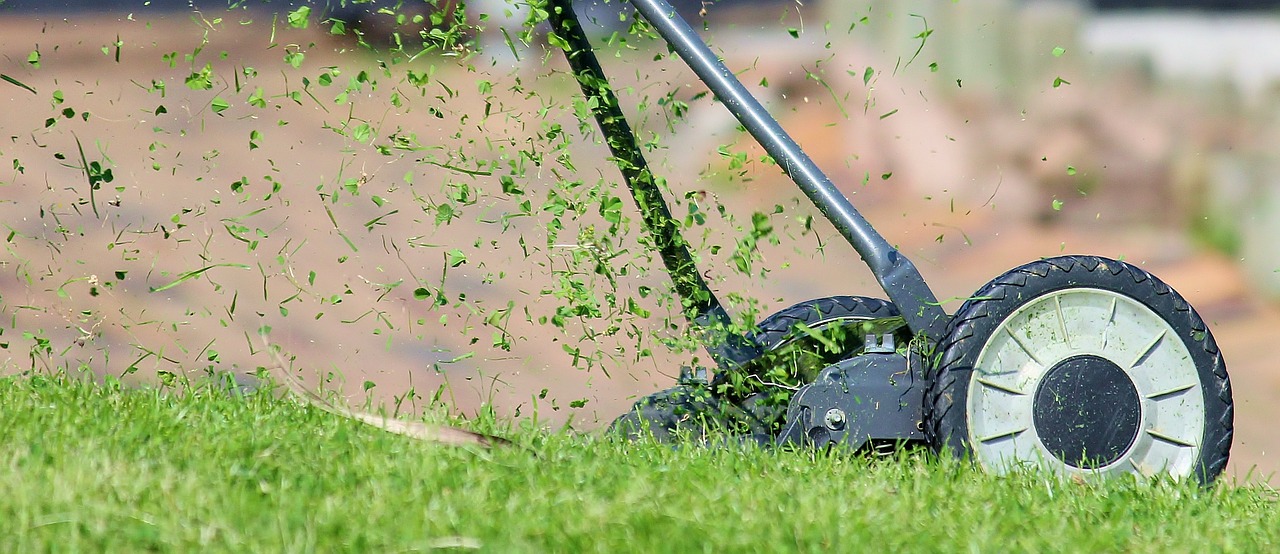The sun is your lawn best friend. However, this means it will require regular watering to keep the plants healthy. To prevent the root system from growing to the surface, it is much better to water deeply once a week rather than to water often and lightly. Your lawn will need about 1 inch of water each week in mild climates and warmer climates apply an inch of water about every three days. The easiest way to achieve this and not to waste and over water is to place a 1-inch deep container in the middle of your lawn and stop watering when the can is full.
Fertilising your lawn is essential to provide nutrients necessary for plant health and growth, such as nitrogen, phosphorus, and potassium. You will notice on the bags of fertiliser they will be labelled N, P, and K. The Nitrogen is needed for healthy green growth and regulation of other nutrients. The Phosphorus helps proper roots and seeds develop and resist disease, and Potassium which is also important in root development and disease resistance.
 Sandy Loam soil is the very best kind of soil which is a combination of sand, silt, and clay. Have your soil tested to find out what nutrients are needed. For the health of your plants and the environment, don’t go to the home improvement store and buy pesticides to control harmful insects. We have learned that pesticides can pollute water and they also kill beneficial as well as harmful insects. Horticulturist has researched and discovered many natural alternatives to control harmful insects and save you money. Alternatives to chemical pesticides would be non-detergent insecticidal soaps, garlic, hot pepper sprays, one teaspoon of liquid soap in a gallon of water, used dishwater, or a forceful stream of water to dislodge insects.
Sandy Loam soil is the very best kind of soil which is a combination of sand, silt, and clay. Have your soil tested to find out what nutrients are needed. For the health of your plants and the environment, don’t go to the home improvement store and buy pesticides to control harmful insects. We have learned that pesticides can pollute water and they also kill beneficial as well as harmful insects. Horticulturist has researched and discovered many natural alternatives to control harmful insects and save you money. Alternatives to chemical pesticides would be non-detergent insecticidal soaps, garlic, hot pepper sprays, one teaspoon of liquid soap in a gallon of water, used dishwater, or a forceful stream of water to dislodge insects.
